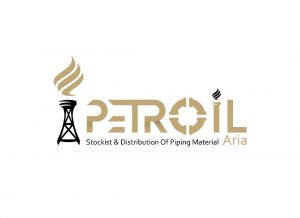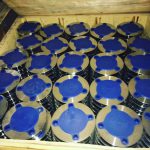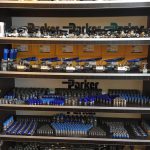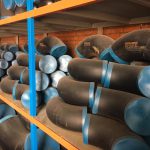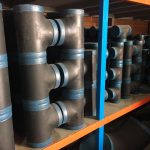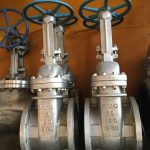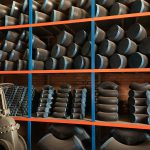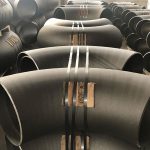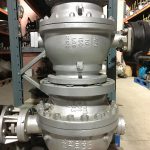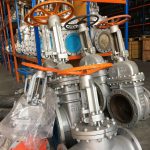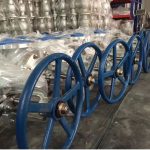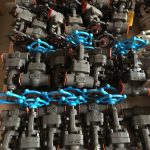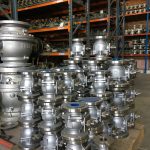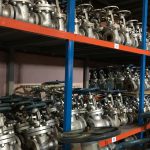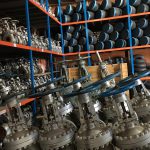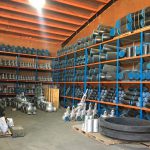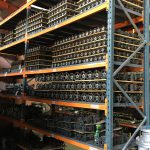Types of Oil & Gas Pipes: Seamless, ERW, LSAW
Seamless Pipe
Seamless pipes are produced starting from steel billets, that are heated and perforated to create the tubular section. The word “seamless” means the absence of seam welds.
Seamless steel pipes are used for different applications within the oil & gas industry:
- upstream operations (OCTG pipes)
- midstream (transmission and distribution of fluids, as oil, gas, steam, acids, slurries)
- downstream (process piping to refine oil and gas in derivative products)
- general plumbing applications for utility services
The most common types of pipes used in the oil&gas industry are (ASTM pipe specifications):
- ASTM A53, A106, A333, and API 5L (types of carbon steel pipes for high and low-temperature carbon steel)
- ASTM A335 Grades P5 to P91 (chrome-moly alloy steel pipes for high temperature and pressure, for refinery and power plants applications)
- ASTM A312 Series 300 and 400 (stainless steel pipes in grades 304, 316, 321, 347)
- ASTM A790/A928 (duplex and super duplex pipes with double ferritic and austenitic structure)
- Various nickel alloys material specifications (Inconel, Hastelloy, Cupronickel, Monel, Nickel 200)
- Specifications for non-ferrous pipes (aluminum, copper, brass, cupro-nickel)
Some specifications cover seamless pipes only (example ASTM A106), others apply both to seamless and welded pipes (example ASTM A53).
Carbon steel pipes (A53, A333, A106, and API 5L) have the largest market share, as they can be used for most high and low-temperature applications; the main application of stainless steel pipes is for corrosive services (and higher grades are used as the temperature and the pressure increase, or when the conveyed fluid is more and more aggressive).
In the upstream oil & gas industry, API 5CT is the key specification covering OCTG pipes (oil country tubular goods).
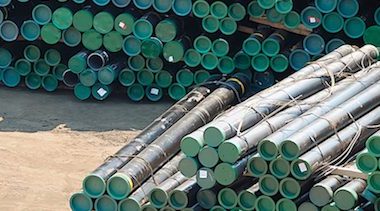
Seamless steel pipes shall not be confused with seamless tubes. Indeed, there are a few important differences between pipes and tubes, which are not only semantic. In general, the word “pipe” applies to any tubular used to convey fluids, whereas the word “tube” applies to tubular sections (of various shapes, round, oval, squared) used for structural/mechanical applications, instrumentation systems, and the construction of pressure equipment like boilers, heat exchangers, and superheaters.
SEAMLESS PIPE PRICE
Seamless pipes have a higher price per ton than ERW pipes, generally 20 to 30% higher, due to their fairly complex production process (more articulated than the manufacturing process of ERW and LSAW pipes) and to due to the fact that the number of seamless pipe manufacturers is rather limited (the market has an oligopolistic nature).
For specific sizes and specifications (for example a 20-inch pipe or a high wall thickness pipe in special or exotic materials, for example, ASTM A335 P91 pipes), there are few global pipe suppliers and prices per ton (or per meter) are, as a consequence, impacted.
Due to this fact, it is a wrong practice to estimate pipe prices using a standard price per ton for all “carbon steel” or “stainless steel” pipes, regardless the actual diameter, wall thickness, and specific grade: all these factors shall be taken into consideration to prevent cost overruns during the execution of the project at a later stage. Moreover, prices fluctuate daily (especially for alloyed pipes, which contain chemical elements like Molybdenum, Nickel, Copper, Chromium traded daily on the London Metal Exchange or the Ferro-Alloy markets).
SEAMLESS PIPE SIZES
The ASME B36.10 and B36.19 specifications cover the dimensions and weights of seamless pipes for the petrochemical industry (the specs apply to welded pipes too):
- The ASME B36.10 specification covers carbon and low-alloy seamless pipes sizes (dimensions and weights) between 1/8 and 24 inches
- The ASME B36.19 specification, instead, covers the dimensions and weights of stainless steel, duplex, nickel-alloy seamless and welded pipes
Commercial seamless pipes are designated with a nominal pipe size (representing the approximate fluid conveyance capacity of the pipe) and with a “schedule”, which refers to the thickness of the pipe (the most common are schedule 40, STD, XS, XXS for carbon/alloy pipes, and 10S, 40S and 80S for stainless and nickel alloy pipes).
The ASME pipe size specifications can be purchased online from the ASME website or from the IHS online store.
SEAMLESS PIPE MANUFACTURING PROCESS

Mild steel seamless pipes from 1/8 to 6 inch. are manufactured with the so-called “plug mill process” or the “extrusion process” (used for smaller diameters), whereas the “mandrel mill process” is used for larger diameters.
Seamless Steel Pipe Manufacturing Video (source: Tenaris Youtube Channel)
ERW Pipe (Electric Resistance Welding)
ERW pipes are manufactured using steel coils: the coil is first uncoiled, then smoothed, cut, and, finally formed into a pipe shape by joining its two extremities electrically.
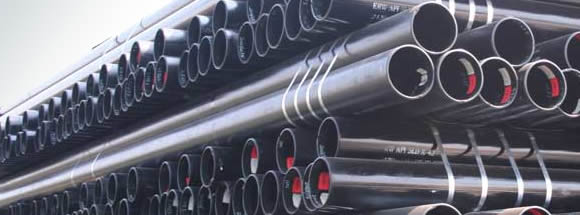
ERW pipes are available in sizes between 1/2 and 20 inches, in carbon steel (ASTM A53 is the most common specification) and stainless steel (ASTM A312). In terms of dimensions, the ASME B36.10 and ASME B36.19 are the key reference specifications (API 5L for welded ERW line pipes).
The ASME and API dimensional charts show typical combinations of pipe nominal size and wall thickness (designated as “schedule”), and show ERW pipe weight in kg (or pounds).
In the last few years, ERW pipes are have become an efficient alternative to seamless pipes, both in terms of price and performance, due to the modern welding technologies adopted by ERW pipe manufacturers (example HFI and HFW, high-frequency welding). These advancements in welding technologies have reduced, over time, the technical superiority of seamless pipes vs ERW pipes, making them interchangeable at least in some applications (low/medium pressure and temperature). Of course, seamless pipes will always benefit from the intrinsic superior mechanical strength of steel billets vs. coils and plates.
ERW PIPE MANUFACTURING PROCESS
ERW pipes are manufactured starting from steel coils, that are at first uncoiled, cut, processed, welded, and tested as shown in the picture below.
The most common welding technique used for oil and gas pipes is the so-called “high-frequency induction technology” (ERW-HFI), consisting in the application of an induction current on the outer surface of the pipe able to generate a robust seam weld and join the two sides of the steel coil very tightly.
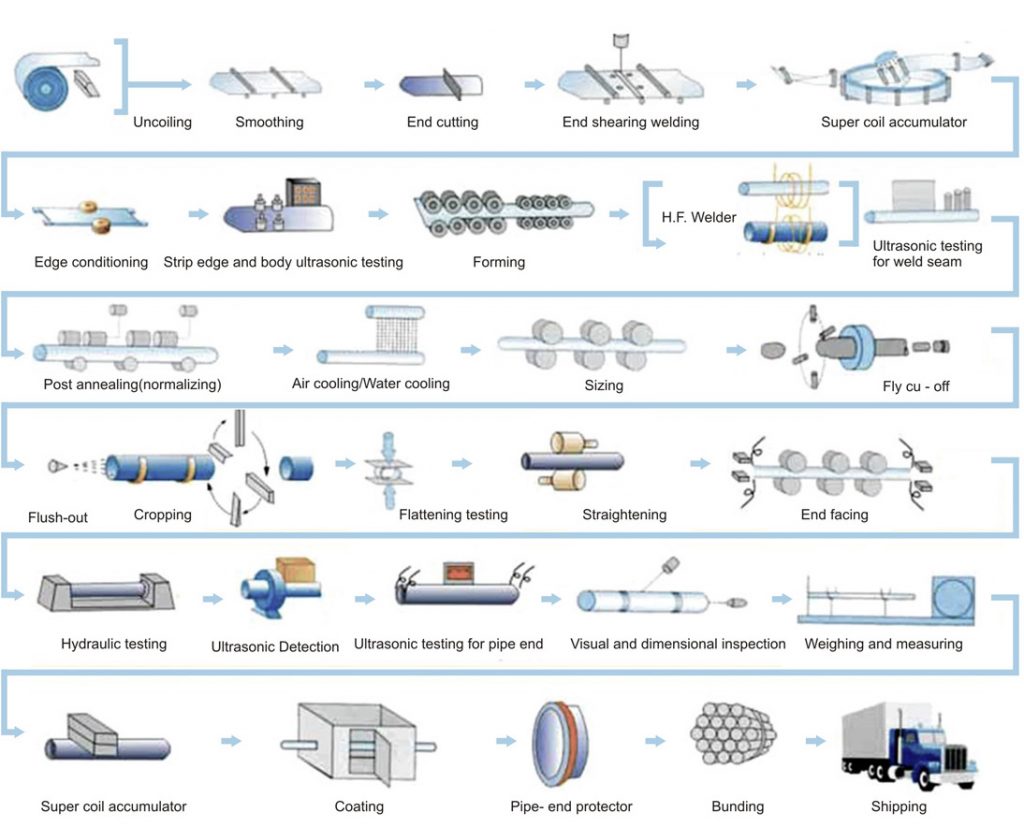
LSAW Pipe (Longitudinal Submerged Arc Welding)
An LSAW pipe (“submerged arc welding”) is manufactured by cutting, bending, and welding steel plates (JCOE process).
LSAW pipes compete with seamless and ERW pipes in the size range between 16 and 24 inches but are “must-go” options for pipelines above 24 inches (as 24 inches is the maximum size for commercial seamless pipes).
The two main types of LSAW pipes are the longitudinal (with a single or double straight seam weld, DSAW) and the spiral type (called, HSAW, SSAW or SAWL pipe). Therefore, the difference between DSAW vs. LSAW is that DSAW pipes have a seam weld in the inside and outside of the pipe, whereas LSAW pipes have a single seam weld on the outer surface.
The difference between LSAW and ERW pipes is that LSAW pipes are produced using steel plates, ERW pipes are manufactured starting from steel coils.LSAW welded pipes
In the oil and gas industry, large-diameter API 5L LSAW pipes are used to transport hydrocarbons over long distances efficiently.
HSAW/SSAW spiral weld pipes are used for non-critical applications, as water transmission and distribution (not for oil & gas).
LSAW PIPE MANUFACTURING PROCESS
LSAW pipes are manufactured with the so-called JCOE process, starting from steel plates as illustrated below.
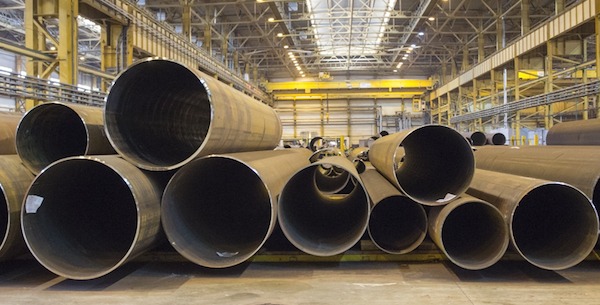

ERW Pipe VS. Seamless
The question “Shall I use ERW or seamless pipes for my project?” is coming up over and over. Each of the two has different advantages and disadvantages, which should be pondered to take a proper decision:
SEAMLESS PIPE PROS AND CONS
- Seamless pipes are manufactured out of a solid block of steel and do not have any weld seam, which may represent a weak area (subject to corrosion, erosion and, general failure)
- Seamless pipes have more predictable and precise shapes, in terms of roundness and ovality, compared to welded pipes.
- The main disadvantage of seamless pipes is that their cost per ton is higher than the cost of ERW pipes of the same size and grade (Seamless vs ERW pipe compete in the range 2 to 20 inches)
- Delivery times may be longer, as there are fewer manufacturers of seamless pipes than welded pipes (lower entry barriers exists for welded pipes vs. seamless pipes)
- Seamless pipes may have an inconsistent wall thickness across their length, indeed the general tolerance is +/- 12.5%
ERW PIPE PROS AND CONS
- Welded pipes are cheaper than seamless (ERW HFI type), as they are manufactured using steel coils as feedstock in less complex manufacturing plants
- Welded pipes have shorter lead times than seamless pipes, as the manufacturing base is larger
- Welded pipes have a consistent wall thickness, as they are manufactured using coils (ERW) or plates (LSAW), both subject to tight tolerance control
- The major “defect” attributed to welded pipes is that the presence of a weld seam constitutes a weakness factor. Whereas this may have been true in the past, this is becoming less and less true with the advances of the welding technologies in the last ten years.
Conclusion: modern ERW-HFI welded pipes are absolutely a valid alternative to seamless pipes and help end-users reduce prices and lead times between 20 and 25%.
Pipes are, with valves, the most impactful piping cost element in plant construction (as a rule of thumb, piping covers 5-7% of the total plant cost, and pipes represent circa 60 to 70% of this cost, valves 15 to 25%). These figures are average values that refer to the oil & gas industry and refer to carbon steel materials (the weight of piping may be higher for stainless steel, duplex, and nickel-alloys piping classes).
The last point: pipes may have different colors (painted on the outer surface) to represent the type of fluid they carry.
